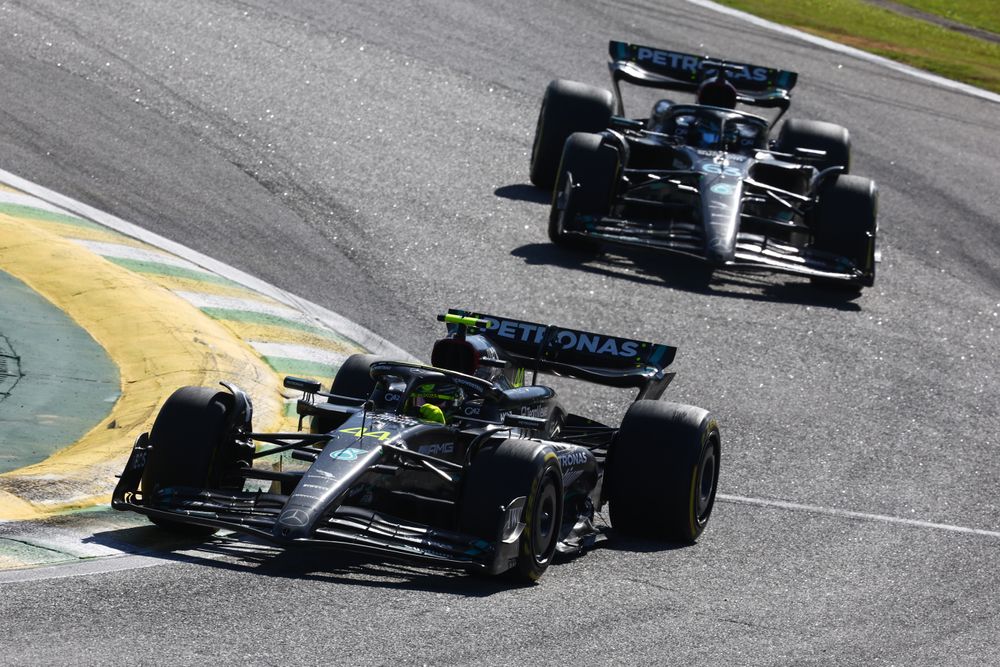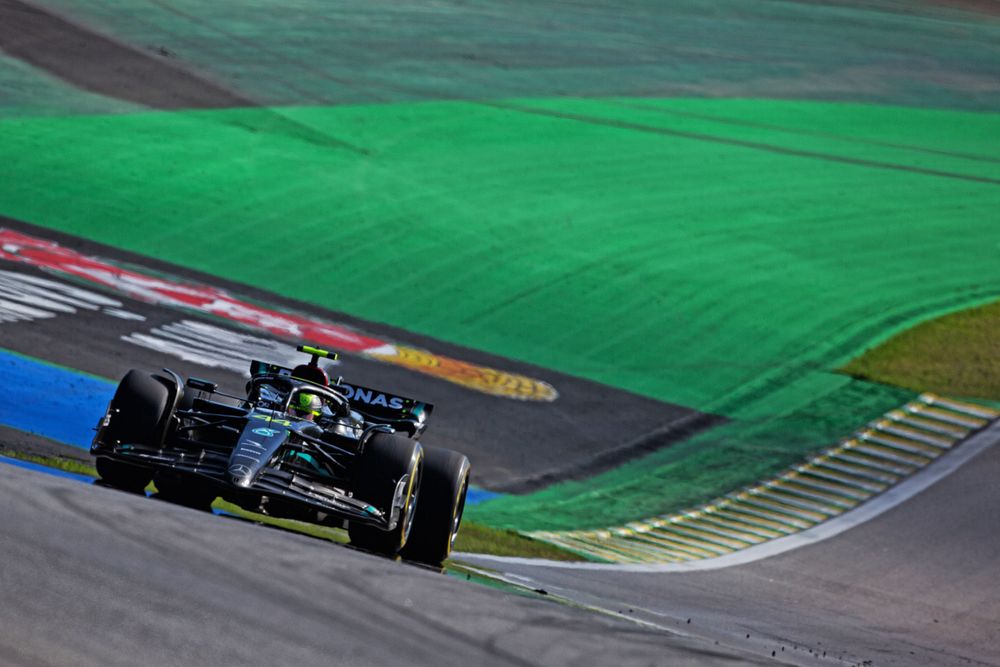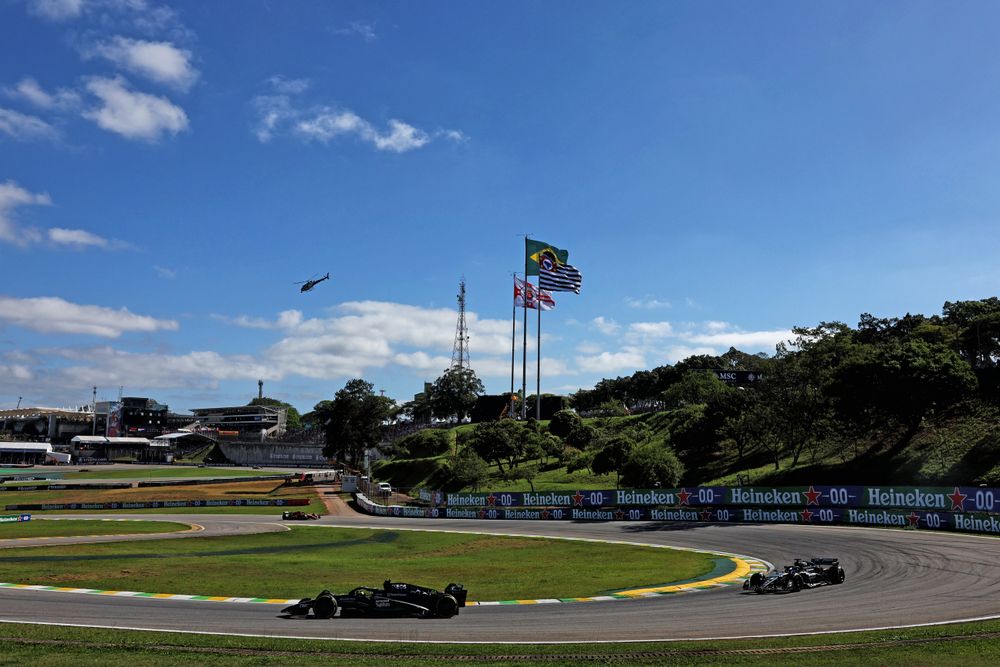Up Next

Mercedes has named three initial lessons from its Brazilian Grand Prix nightmare as it continues its bid to fully understand what went wrong at the last Formula 1 race.
Lewis Hamilton finished eighth and George Russell retired as a disappointing Interlagos weekend came to a limp conclusion for the team that won last year’s race.
Both drivers struggled with the car’s balance and significant tyre degradation in the sprint and the grand prix itself, leading to a bleak and blunt initial analysis from the drivers and team principal Toto Wolff.
There were some initial theories, such as running the car a little too high as a conservative response to ending up disqualified at the last F1 sprint weekend, and Hamilton speculating that the floor was not working effectively with its chosen set-up.
After returning to its Brackley base, Mercedes has begun a more detailed inquest, and head of trackside performance Riccardo Musconi has given the first suggestions of what caught the team out.
“First of all, we were faced again with an enigma of tyres,” Musconi said.
“We can see them switching on and off within a few degrees, so it’s very, very difficult to be on top of them.
“The second thing was the degradation. We were not at the best end of it as we normally are, so that's a new thing for us to explore and understand.
“The third thing was that we were perhaps too conservative with the ride heights after Austin.
“Possibly, and part of the answer may be there, but we don’t think that explains the full picture as we saw it unfolding at the weekend.”
Mercedes’ analysis is likely still ongoing and uncovered deeper answers since recording the video in which Musconi spoke.
But the reference to the tyre “enigma” and the acknowledgement of the greater than usual degradation, without an accompanying explanation, indicates this remains a mystery for now.
Russell had suggested that it boiled down to something in the mechanical set-up that simply used the tyre incorrectly – various performance swings are often explained away with reference to the dark art of tyre preparation.
Whatever Mercedes got wrong it did create an unusual problem as, compared to for example Ferrari, there is not a trend of it suffering exaggerated tyre degradation.
That is usually a strength of its car, as it was last year, even when they have lacked outright performance.

Musconi explained that the team had opted not to change the car before qualifying on Friday, which locked in the set-up for the weekend, because it had seen “quite reassuring” long run pace.
Mercedes was then displeased by qualifying fifth and sixth fastest in a weather-affected final segment because “we felt the car deserved more” but then had “alarm bells” sound in the sprint race.
“After the encouraging first two laps, the degradation of our car was quite high, mainly coming from the rear axle,” he said.
Mercedes attempted to mitigate this by removing reducing the front wing flap but this seemed to instigate understeer, “so the car was struggling to turn the corners”.
“The pace therefore wasn’t there and we couldn’t compete at the front,” said Musconi.






